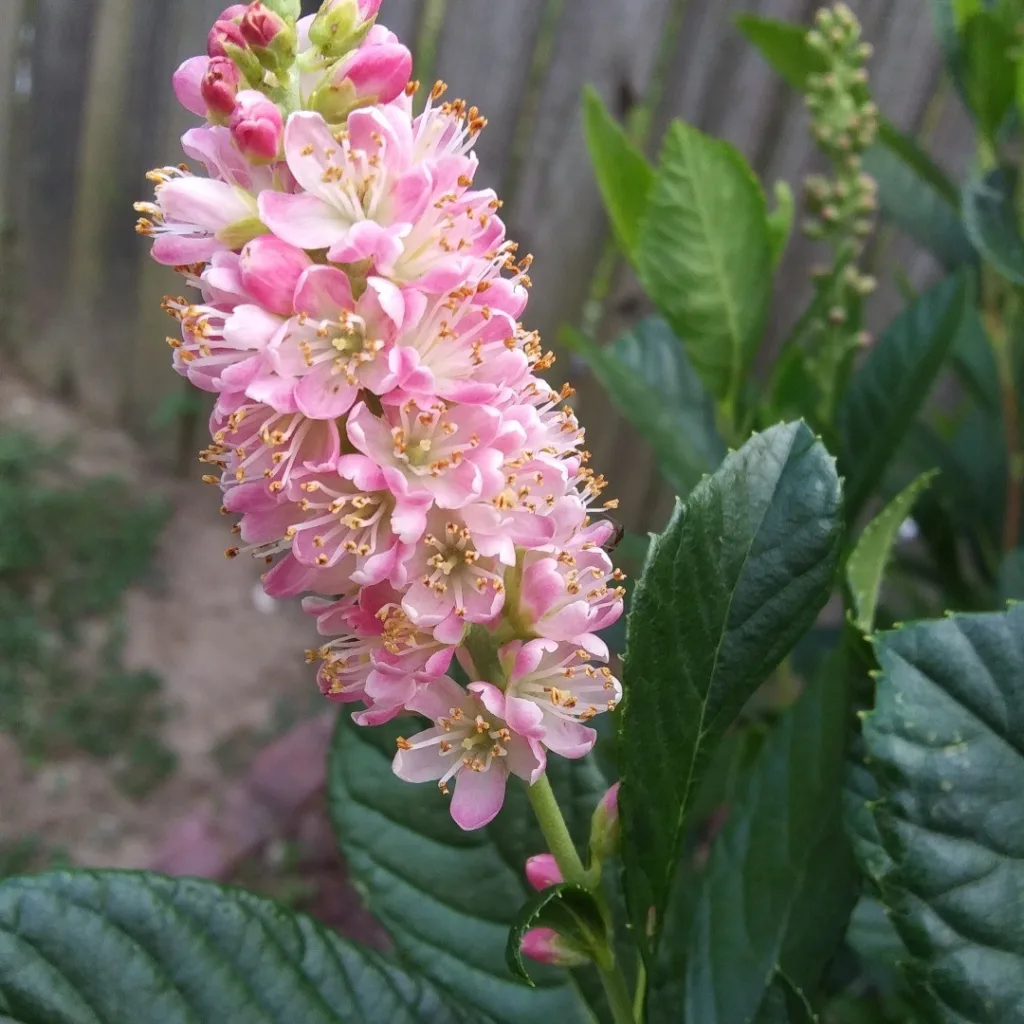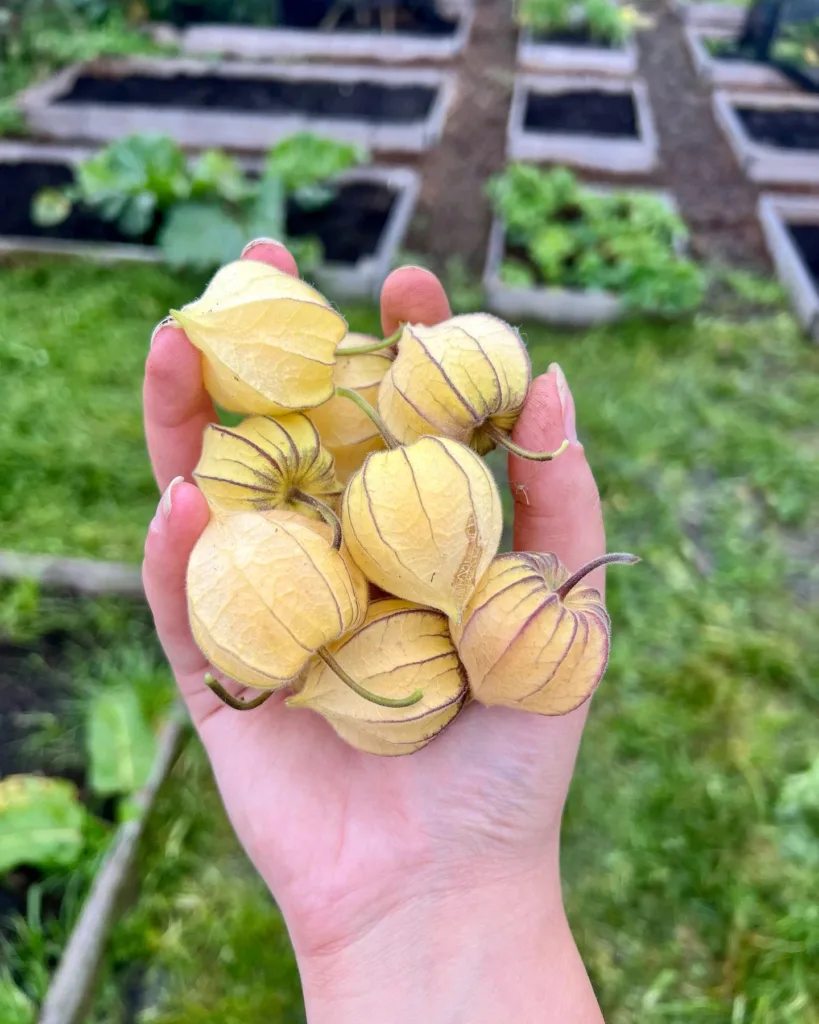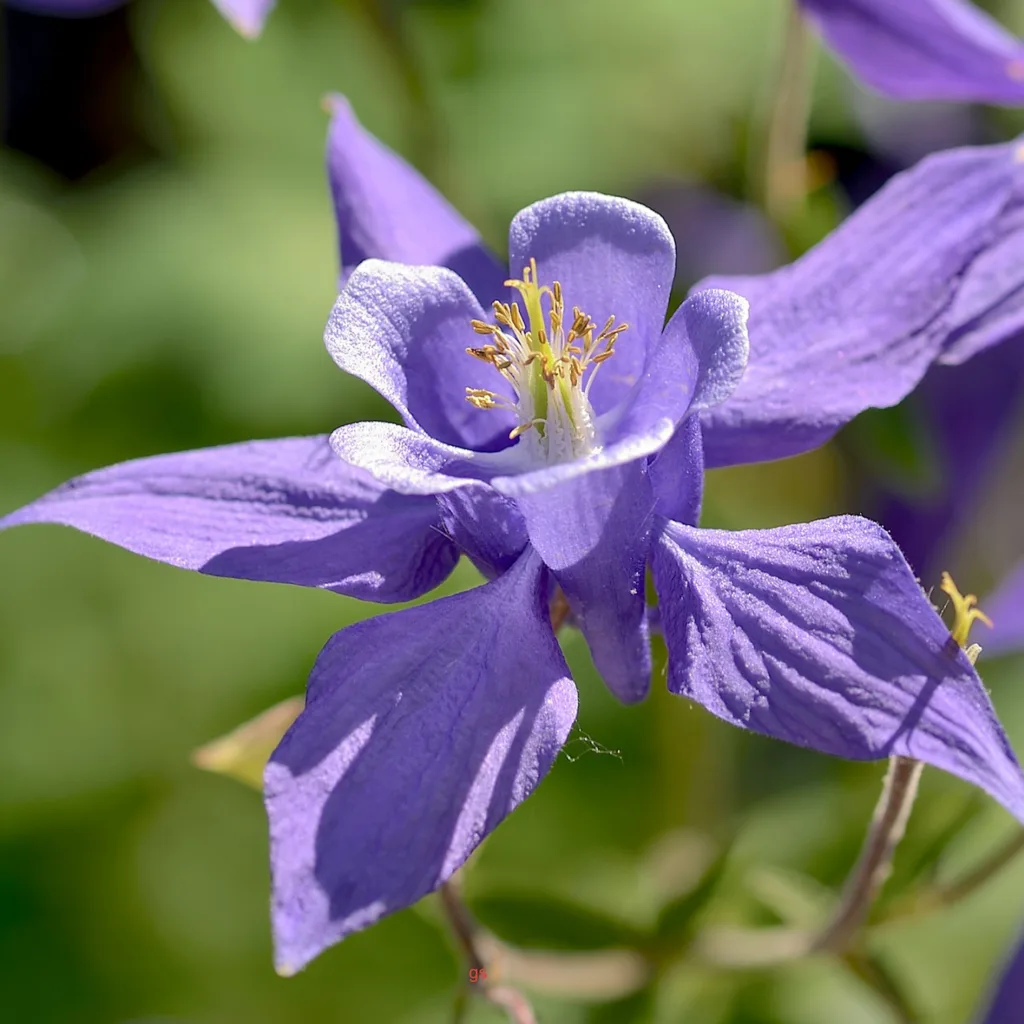What is a Gallica Rose?
Rosa Gallica, commonly known as the Gallica Rose, is one of the oldest and most revered types of roses. Originating from Europe, particularly from the region around the Mediterranean, these roses have been cherished for their beauty and historical significance. Known for their rich colors, ranging from deep reds to pinks, and their distinctive fragrance, Gallica Roses have a charm that transcends centuries. They were popular in medieval gardens and were even used in ancient herbal medicine.
391 Species in Genus Rosa
Who Discovered the Rosa Gallica?
The Rosa Gallica was first described by the Swedish botanist Carl Linnaeus in the 18th century. Linnaeus, who is often regarded as the father of modern taxonomy, categorized and named many plants, including this rose. However, the Gallica Rose had been cultivated and admired in European gardens long before Linnaeus’s time, indicating its deep-rooted history in horticulture.
What Does a Gallica Rose Look Like?
Gallica Roses are known for their classic and timeless appearance. They typically feature:
- Flowers: The blooms are usually semi-double to double, with a full, rounded shape. The petals are often velvety and can be found in shades of red, pink, or purple.
- Foliage: The leaves are usually dark green and have a glossy texture, complementing the vibrant flowers.
- Growth Habit: Gallica Roses are generally compact and bushy, making them well-suited for smaller gardens or as part of a mixed border.
Do Gallica Roses Do Well in the South?
Gallica Roses are quite adaptable and can thrive in various climates, including the southern regions. They prefer well-drained soil and a sunny location, which aligns well with the conditions in many southern gardens. However, it’s essential to ensure they receive adequate water during the hotter months to prevent stress.
How to Care for Gallica Roses?
Proper care is crucial for maintaining the health and beauty of Gallica Roses. Here’s how to ensure they flourish:
- Watering: Keep the soil consistently moist but not waterlogged. In the south, this may require more frequent watering during hot, dry spells.
- Fertilizing: Apply a balanced rose fertilizer in the spring to support blooming and healthy growth.
- Mulching: Use mulch to retain soil moisture and regulate temperature. This is especially helpful in the hotter southern climate.
How to Prune Gallica Roses?
Pruning Gallica Roses is essential to maintain their shape and promote vigorous flowering. Here’s a guide to pruning:
- Timing: The best time to prune Gallica Roses is in late winter or early spring before new growth begins.
- Technique: Remove dead or diseased wood first. Then, cut back any overly long or crossing branches to shape the plant. Aim to maintain an open center to improve air circulation and light penetration.
Do You Trim Gallica Roses?
Yes, trimming is a part of regular maintenance for Gallica Roses. Trimming helps to control their size and encourages a tidy growth habit. It’s similar to pruning but focuses more on shaping rather than removing old wood. Regular trimming after the blooming period can also help in managing the plant’s overall appearance.
How to Contain Gallica Roses?
If you want to contain Gallica Roses, especially in smaller gardens or specific areas, consider these strategies:
- Use Barriers: Planting Gallica Roses in containers or using garden edging can help keep their roots contained.
- Regular Pruning: Keep the plant in check by regularly pruning and trimming to prevent it from spreading too much.
Can You Grow Gallica Roses Indoors?
While Gallica Roses are generally suited for outdoor gardens, they can be grown indoors under the right conditions. Ensure they receive plenty of light, ideally from a south-facing window or grow lights. Indoor humidity levels should also be monitored to prevent issues like powdery mildew.
Is the Gallica Rose Toxic?
No, Gallica Roses are not toxic to humans or pets. They are safe to grow in gardens where children and animals might play. However, it’s always a good practice to avoid ingestion of any non-edible plant parts.
Benefits of Growing Gallica Roses
Growing Gallica Roses offers several benefits:
- Aesthetic Appeal: Their timeless beauty and fragrance add charm to any garden.
- Historical Value: They connect you to a rich heritage of horticulture and traditional garden practices.
- Low Maintenance: Once established, Gallica Roses are relatively easy to care for and can thrive with minimal intervention.
Common Problems with Gallica Roses
Despite their resilience, Gallica Roses can encounter some issues:
- Powdery Mildew: This fungal disease can be managed with proper spacing and regular pruning to improve air circulation.
- Black Spot: Regularly inspect for black spot disease, which can be controlled with fungicides and good garden hygiene.
How to Propagate Gallica Roses?
Propagating Gallica Roses can be done through several methods:
- Cuttings: Take semi-hardwood cuttings in late summer or early fall. Dip them in rooting hormone and plant them in a well-draining medium.
- Layering: Bend a healthy branch to the ground and cover it with soil. Once roots form, you can separate the new plant from the parent.
What to Plant with Gallica Roses?
Gallica Roses pair well with various companion plants:
- Herbs: Lavender and rosemary can complement the roses and enhance the garden’s fragrance.
- Perennials: Plants like catmint or salvia can provide a lovely contrast in color and texture.
Gallica Roses offer a beautiful and historical addition to any garden. Their charm, coupled with relatively straightforward care, makes them a rewarding plant to grow. Whether you’re adding them to a southern garden or cultivating them indoors, these roses can thrive with the right attention and conditions.
If i die, water my plants!



